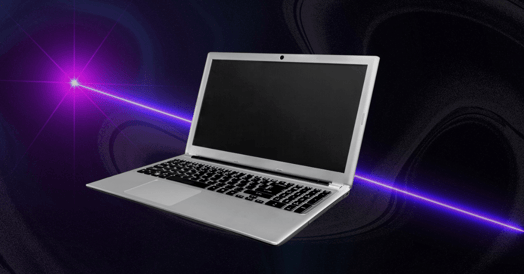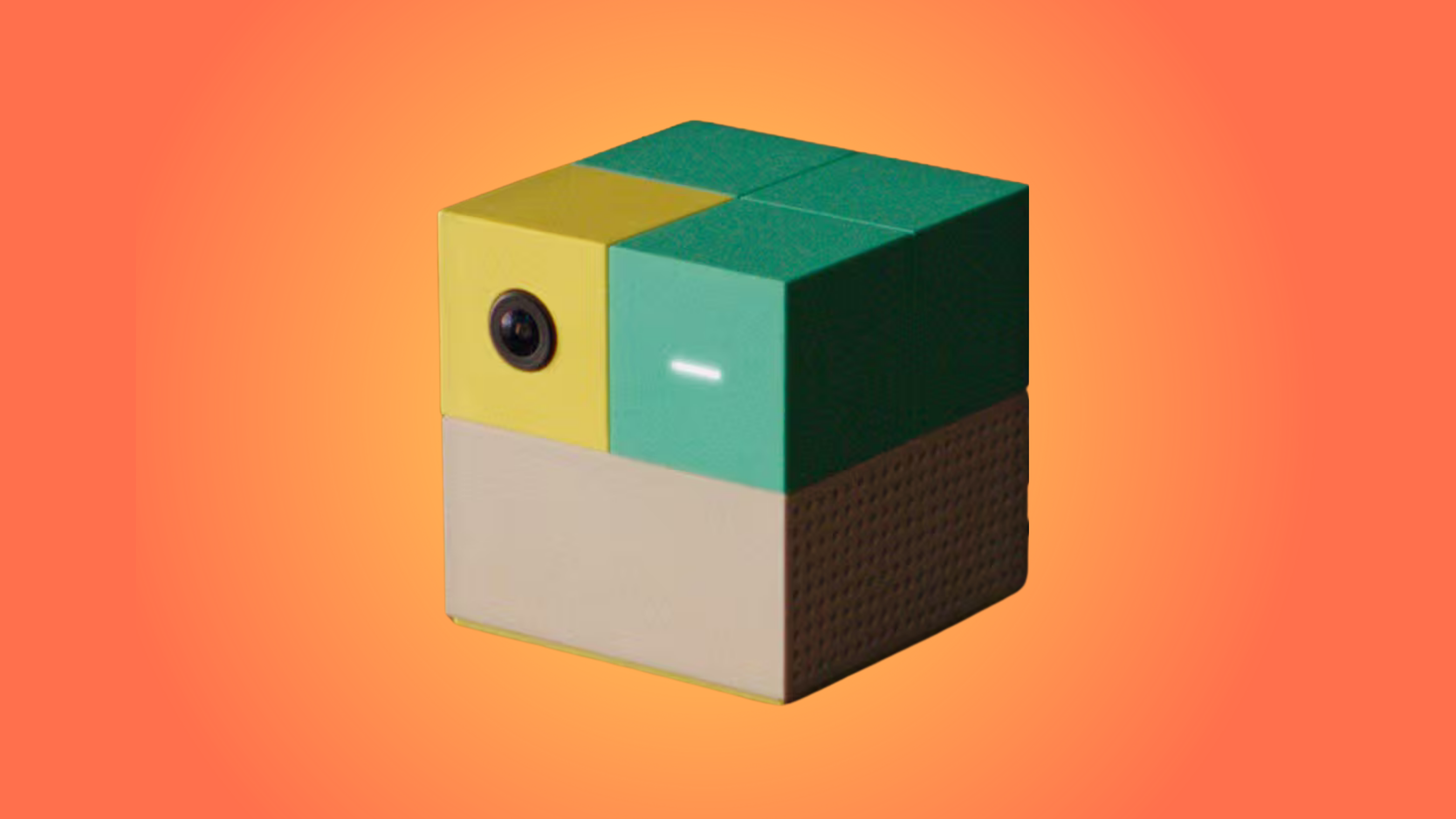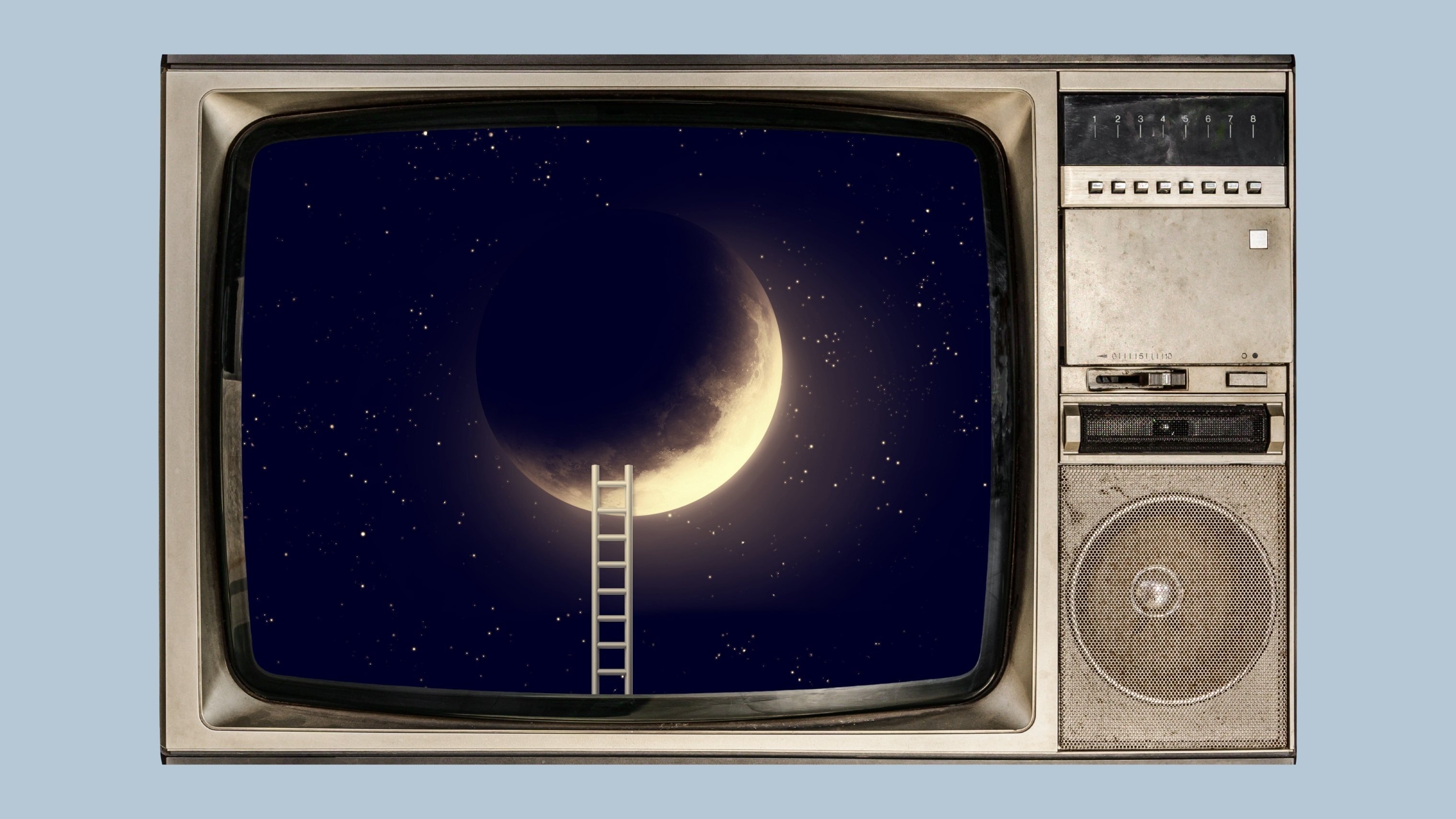In 2023, a third of the planet’s population (~2.6B people!) still had no internet access.

Some days that seems enviable, but the internet has its benefits — like allowing us to easily source medical and educational info or to read this very sentence.
But many rural places simply lack the infrastructure to actually get hooked up or jacked in like everyone else.
Per CNN, a company called Attochron is hoping to help with a sci-fi-esque solution: lasers.
- The technology to send data through lasers has existed since the ‘60s.
- But we’re not blasting laser messages to each other like Stormtroopers because they’re easily disrupted by walls and atmospheric conditions like rain.
- Attochron avoids this by transmitting short bursts of light, rather than one continuous beam, and using a broader light spectrum to provide a more stable signal.
- With line of sight between a transmitter and a receiver, it’s capable of internet speeds on par with any regular connection.
Attochron’s setup is $30k for 10 gigabit connectivity and involves placing receivers on high towers — cheaper and easier than establishing traditional cable infrastructure, except that most of the planet already has it.
Are internet lasers the future?
Probably not. The $30k price tag on installation limits the target market and the overall vibe from CNN’s assembled experts is that they’re intrigued by its potential though hesitant about its technical limitations.
Attochron itself admits it’s an “enabling technology, not a replacement technology.” Besides, there are other, seemingly more viable solutions.
- Satellite internet is widely available, but has its own drawbacks (e.g., inconsistent speeds, steep price tags).
- WiLo — a combination of Wi-Fi and “Long Range” radio tech LoRa — could dramatically increase the size of wireless networks using existing hardware if researchers can make it more efficient.
While we wait for the last third of humanity to get online, feel free to print this out and share it their way.
Technology










